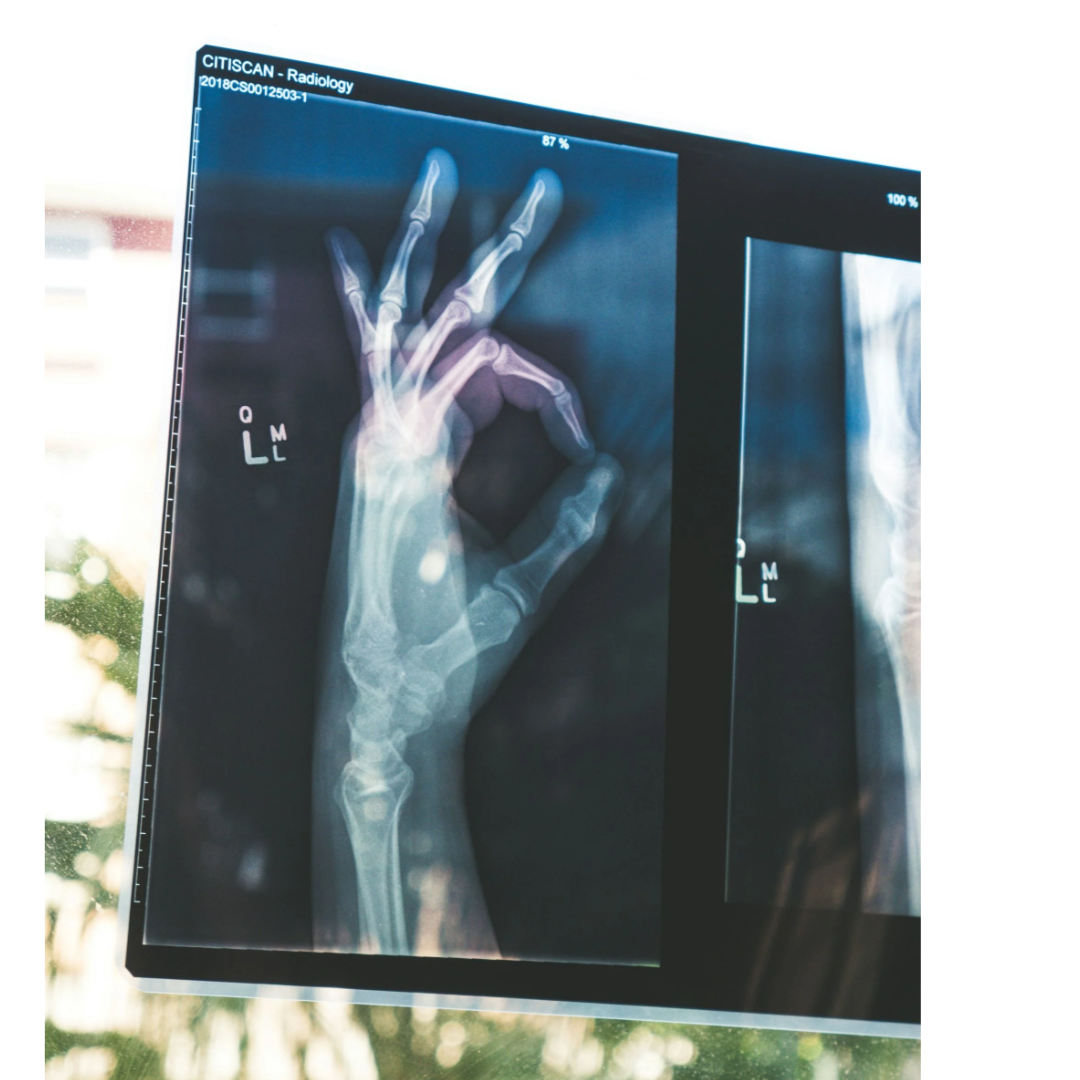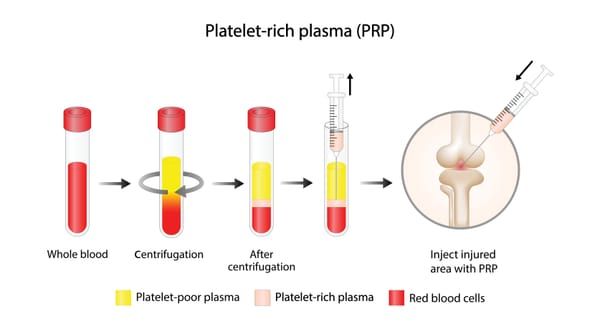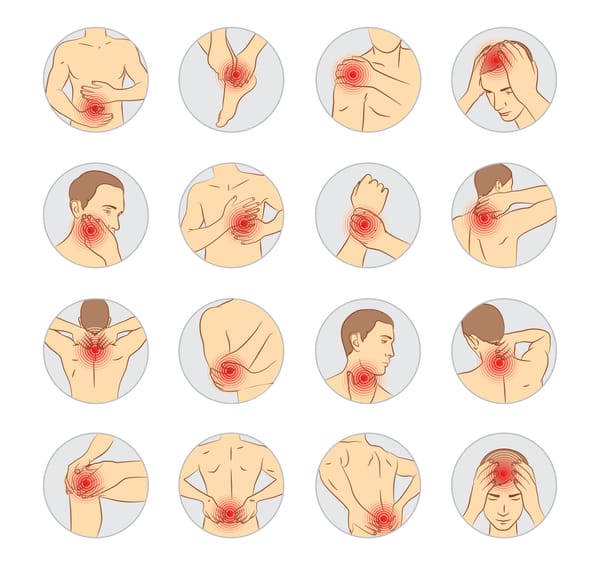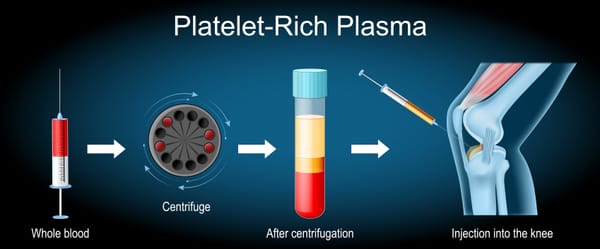Using Parathyroid Analogues and Anabolic Agents to Treat Osteopenia and Osteoporosis: A Path to Stronger Bones

Osteopenia and osteoporosis are conditions that weaken bones, increasing the risk of fractures and impacting quality of life, particularly in older adults. While lifestyle changes and other medications are often part of treatment, parathyroid hormone analogues and anabolic agents have emerged as powerful options for building bone and preventing fractures in these conditions. These medications work by stimulating bone formation, offering hope for those with significant bone loss. In this blog post, we’ll explore what osteopenia and osteoporosis are, how parathyroid analogues and anabolic agents work to treat them, and what patients can expect, all explained clearly for a general audience.
Understanding Osteopenia and Osteoporosis
- Osteopenia: A condition where bone mineral density (BMD) is lower than normal but not severe enough to be classified as osteoporosis. It’s a warning sign that may progress to osteoporosis if untreated.
- Osteoporosis: A more severe condition where bones become porous, brittle, and prone to fractures due to significant BMD loss. It often affects the spine, hips, and wrists and is known as a “silent disease” because symptoms may not appear until a fracture occurs.
Osteoporosis affects about 10% of adults over 50 globally, while osteopenia is more common, impacting 30-50%, per a 2020 study in Journal of Bone and Mineral Research. Both conditions increase fracture risk, making effective treatment crucial to maintain mobility and independence.
What Are Parathyroid Analogues and Anabolic Agents?
Parathyroid hormone (PTH) analogues and anabolic agents are medications that stimulate bone formation, unlike other treatments (e.g., bisphosphonates) that primarily slow bone loss. They work by mimicking or enhancing the body’s natural bone-building processes, making them particularly effective for severe osteoporosis or high fracture risk.
- Parathyroid Hormone Analogues: Synthetic versions of PTH, which regulates calcium and bone metabolism. In controlled doses, they stimulate osteoblasts (bone-building cells) to form new bone.
- Teriparatide (Forteo): A daily injectable PTH analogue (amino acids 1-34 of PTH).
- Abaloparatide (Tymlos): A PTH-related protein analogue, also a daily injection, targeting similar pathways.
- Other Anabolic Agents:
- Romosozumab (Evenity): A monoclonal antibody that inhibits sclerostin, a protein that suppresses bone formation, while also reducing bone resorption. It’s given as monthly injections.
These medications are typically prescribed for:
- Severe osteoporosis (T-score ≤ -2.5 on DEXA scan with fractures).
- Osteopenia with high fracture risk (e.g., based on FRAX score or prior fractures).
- Patients who fail or cannot tolerate other treatments like bisphosphonates.
How Parathyroid Analogues and Anabolic Agents Treat Osteopenia and Osteoporosis
These medications work by:
- Stimulating Bone Formation: PTH analogues (teriparatide, abaloparatide) activate osteoblasts, increasing bone density and strength, particularly in trabecular bone (e.g., spine). Romosozumab boosts bone formation while also reducing bone breakdown.
- Reducing Fracture Risk: By building stronger bones, these agents significantly lower the risk of vertebral, hip, and non-vertebral fractures.
- Improving Bone Architecture: They enhance bone quality, not just density, making bones more resilient.
- Targeting High-Risk Patients: Effective for those with severe bone loss or recent fractures, where other treatments may be insufficient.
Treatment duration is typically limited to 2 years for PTH analogues and 1 year for romosozumab due to safety concerns and to maximize benefits, often followed by anti-resorptive drugs (e.g., bisphosphonates) to maintain gains.
What Does the Evidence Say?
Research highlights the effectiveness of parathyroid analogues and anabolic agents in treating osteopenia and osteoporosis, particularly in high-risk patients. Key findings include:
- Teriparatide: A 2020 meta-analysis in Osteoporosis International found that teriparatide reduced vertebral fracture risk by 65-70% and non-vertebral fracture risk by 35-40% after 2 years in postmenopausal women with osteoporosis.
- Abaloparatide: A 2019 study in Journal of Bone and Mineral Research reported a 70% reduction in vertebral fractures and a 43% reduction in non-vertebral fractures after 18 months, with faster BMD increases than teriparatide.
- Romosozumab: A 2021 study in The Lancet showed a 73% reduction in vertebral fractures and a 36% reduction in hip fractures after 1 year, with significant BMD gains in the spine (13%) and hip (6%).
- Osteopenia: A 2020 study in Bone found that anabolic agents improved BMD in osteopenia patients with high fracture risk, reducing progression to osteoporosis by 50%.
- Patient Experiences: On platforms like Reddit, patients describe these medications as “a game-changer,” with many reporting improved DEXA scores and fewer fractures, though some note injection discomfort or cost concerns.
These agents are not first-line treatments due to cost, administration (injections), and potential side effects. They’re most effective for severe cases or when other treatments fail.
What to Expect from Treatment
Here’s an overview of using parathyroid analogues and anabolic agents:
- Pre-Treatment: Your doctor will assess your bone health with a DEXA scan (T-score), FRAX score, medical history, and blood tests (e.g., calcium, vitamin D, kidney function). These medications are typically prescribed for severe osteoporosis or high-risk osteopenia. You may need to optimize calcium and vitamin D levels first.
- Administration:
- Teriparatide/Abaloparatide: Daily self-injections under the skin (abdomen or thigh) using a pen device, similar to insulin pens. Training is provided for ease of use.
- Romosozumab: Monthly injections (two per session) given by a healthcare provider.
- Treatment duration is 1-2 years, followed by maintenance therapy (e.g., bisphosphonates).
- Monitoring: Regular follow-ups include DEXA scans (every 1-2 years), blood tests, and fracture risk assessments. Your doctor will monitor for side effects and BMD changes.
- Side Effects: Common side effects include:
- Teriparatide/Abaloparatide: Injection site discomfort, nausea, dizziness, or leg cramps.
- Romosozumab: Injection site reactions, joint pain, or headache.
- Rare risks (<1%) include hypercalcemia (high blood calcium), osteosarcoma (teriparatide/abaloparatide, theoretical risk), or cardiovascular events (romosozumab, caution in heart disease patients).
- Cost: These medications are expensive ($1,000-$4,000/month), though insurance may cover them for severe osteoporosis with medical necessity. Patient assistance programs may help.
Benefits and Considerations
Benefits:
- Significant BMD increases, often 5-13% in the spine and 2-6% in the hip within 1-2 years.
- Reduces fracture risk by 35-70%, especially vertebral fractures.
- Improves bone quality, making bones more resilient.
- Effective for severe osteoporosis or high-risk osteopenia when other treatments fail.
- Enhances quality of life by reducing pain and fracture-related disability.
Considerations:
- Requires daily or monthly injections, which may be inconvenient.
- Temporary side effects like injection site discomfort or nausea.
- Rare risks include hypercalcemia or cardiovascular concerns (romosozumab).
- High cost, with variable insurance coverage.
- Limited to 1-2 years of use, requiring transition to other therapies.
- Not suitable for patients with certain conditions (e.g., hypercalcemia, recent heart attack, or bone cancer).
Are Parathyroid Analogues/Anabolic Agents Right for You?
These medications are typically considered for:
- Severe osteoporosis (T-score ≤ -2.5 with fractures).
- Osteopenia with high fracture risk (e.g., FRAX score indicating 20% 10-year major fracture risk or prior fractures).
- Patients who cannot tolerate or fail to respond to bisphosphonates or other treatments.
- No contraindications like hypercalcemia, bone cancer, or recent cardiovascular events.
Your healthcare team, including an endocrinologist, rheumatologist, or primary care doctor, will assess:
- Your bone density, fracture history, and FRAX score, using DEXA scans and blood tests.
- Your overall health, including kidney function or cardiovascular risk.
- Your goals, such as reducing fracture risk or improving bone strength.
Discuss the treatment’s risks, benefits, and administration requirements with your provider. Choosing a provider experienced in osteoporosis management is crucial for success.
Complementary Treatments
Parathyroid analogues and anabolic agents are often part of a broader bone health plan, including:
- Lifestyle Changes: Calcium-rich diet (1,000-1,200 mg daily), vitamin D (800-1,000 IU daily), weight-bearing exercise (e.g., walking, strength training), and smoking cessation.
- Other Medications: Bisphosphonates or denosumab post-anabolic therapy to maintain BMD gains.
- Fall Prevention: Balance training, home safety modifications, or assistive devices to reduce fracture risk.
- Psychological Support: Counseling or support groups to address fear of fractures or mobility limitations.
A 2021 study in Osteoporosis International found that combining anabolic agents with lifestyle changes and follow-up therapy reduced fracture risk by 50-60% in high-risk patients.
Living with Osteopenia or Osteoporosis
Osteopenia and osteoporosis can feel daunting, especially with the risk of fractures. These conditions are often silent until a fracture occurs, making proactive treatment vital. Keep a record of symptoms, fractures, or risk factors, and share details with your healthcare team. Support groups, through organizations like the National Osteoporosis Foundation (nof.org) or online platforms like Reddit, offer a space to connect with others and share coping strategies.
Emotional support is crucial, as fear of fractures can lead to anxiety or reduced activity. Lean on counselors, family, or friends for encouragement. Practical steps, like incorporating weight-bearing exercises, ensuring adequate calcium intake, or using non-slip shoes, can help maintain bone health.
Why Awareness Matters
Osteoporosis affects over 200 million people worldwide, with osteopenia impacting even more, yet many remain untreated until a fracture occurs, per a 2020 review in Osteoporosis International. Parathyroid analogues and anabolic agents are powerful but underutilized options due to cost and limited awareness. Raising awareness ensures high-risk patients access these treatments to prevent life-altering fractures.
If you have osteopenia, osteoporosis, or a history of fractures, consult an endocrinologist, rheumatologist, or primary care doctor about whether parathyroid analogues or anabolic agents could help. Resources like the National Osteoporosis Foundation (nof.org) or the International Osteoporosis Foundation (iofbonehealth.org) offer valuable information and support.
By spotlighting treatments like parathyroid analogues and anabolic agents, we can empower individuals to build stronger bones and live actively. Let’s keep the conversation going—no one should face the risk of fractures alone.
Disclaimer: This blog post is for informational purposes only and not a substitute for professional medical advice. Consult a healthcare provider before considering parathyroid analogues, anabolic agents, or any new treatment for osteopenia or osteoporosis.



